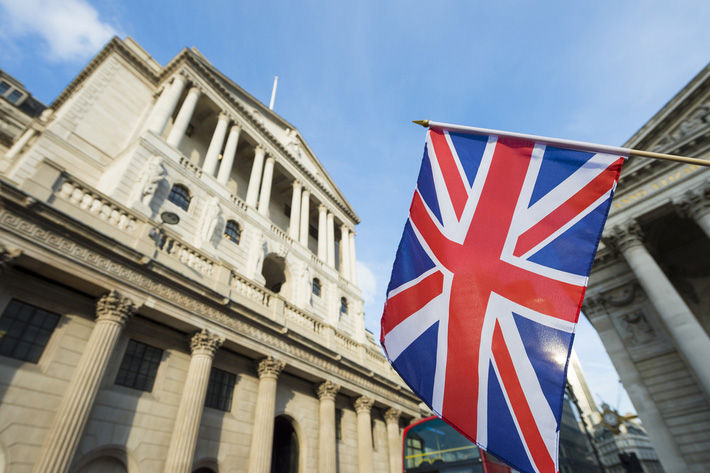
CPI inflation is expected to rise to slightly above 11 per cent in October.
The economy has recently been subject to a succession of very large shocks. The monetary policy will ensure that as the adjustment to these shocks occurs, CPI inflation will return to the 2 per cent target sustainably in the medium term, while minimising undesirable volatility in output, the bank said in its monetary policy summary.
Inflation’s overshoot of the 2 per cent target mainly reflects previous large increases in global energy and other tradable goods prices. The former has been greatly exacerbated by the war in Ukraine, which has also raised significantly the wholesale price of many agricultural commodities.
The country’s gross domestic product (GDP) was weaker than expected in April, partly reflecting a further decline in Test and Trace activity. Bank staff now expect GDP to fall by 0.3 per cent in the second quarter as a whole, weaker than anticipated at the time of the May report.
Consumer confidence has fallen further, but other indicators of household spending appear to have held up. Some indicators of business sentiment have weakened, although they have so far remained more resilient than indicators of consumer confidence and consistent with positive underlying GDP growth.
However, not all of the excess inflation can be attributed to global events. Domestic factors, including the tight labour market and the pricing strategies of firms, also have a role to play.
Consumer services price inflation, which is more influenced by domestic costs than goods price inflation, has strengthened in recent months. In addition, core consumer goods price inflation is higher in the United Kingdom than in the euro area and in the United States.
Fibre2Fashion News Desk (DS)